
The next global scourge will not be a virus… but air pollution
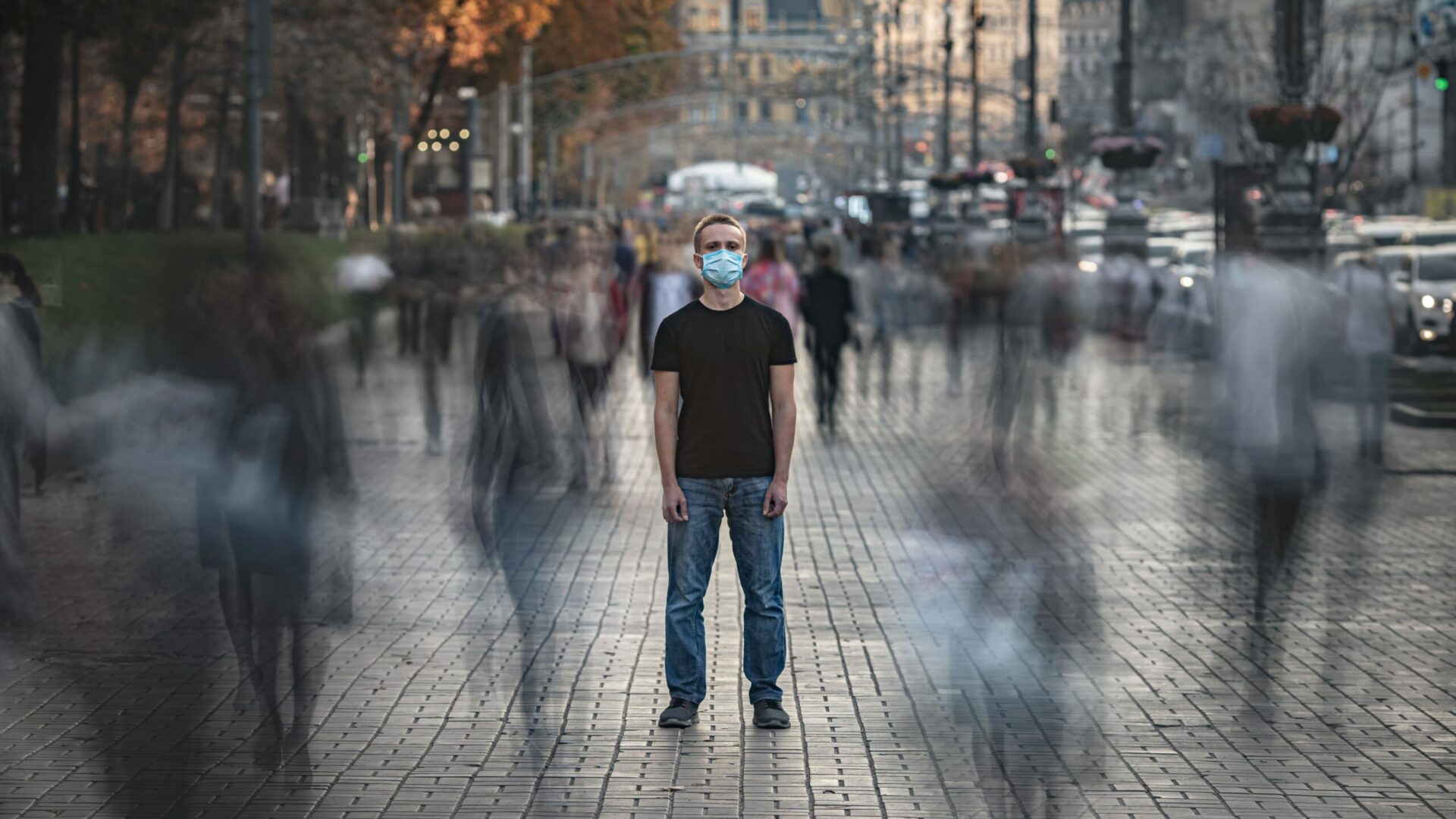

Pandemic”, “Scourge of the century”, “serial killer”, or “painless evil”, there is no lack of terms to characterize air pollution in the world. And this year, in spite of the Coronavirus epidemic, this evil of the century remains more deadly than this virus arrived from Asia. For several years, the figures have been constantly proving it, and they are far from decreasing. If nothing is done quickly, this rise becomes extremely dangerous for the environment, health but also for the world economy.
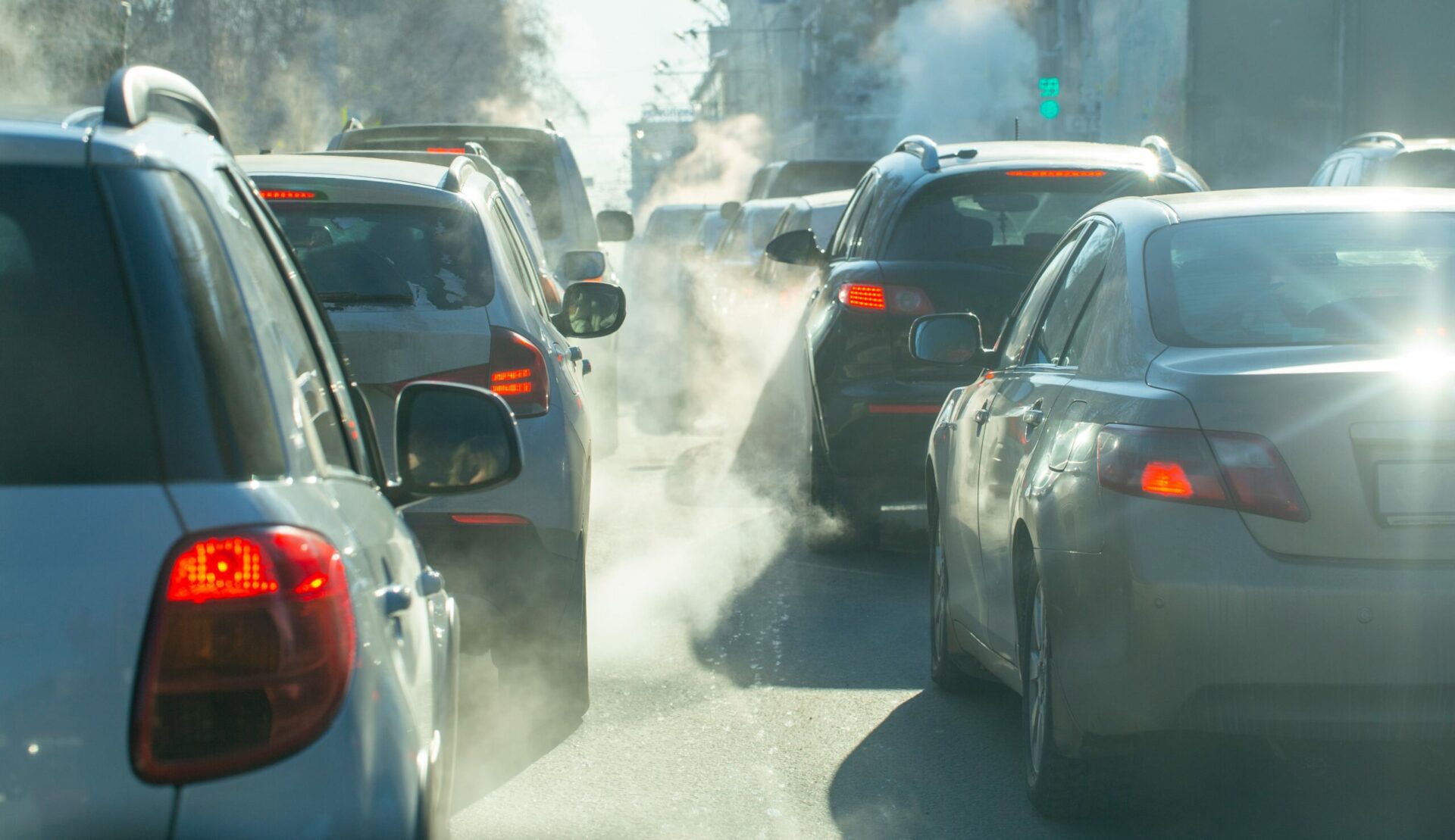
Where does this pollution come from?
Large cities are the first to be affected by air pollution, due to the density of the population, urban transport and factories near these cities. All the parameters are present to increase the levels of CO2 and fine particles in the air we breathe. Moreover, the Covid-19 epidemic in Asia has shown that these 3 factors were the first cause of pollution, since after only 4 weeks of isolation with a halt of activities in China, we notice a spectacular fall of the pollution rate in the air. The Nasa images show a decrease in the concentration of nitrogen dioxide in the atmosphere over the Wuhan region, the focus of the Coronavirus epidemic, as well as a clear decrease in CO2. Nitrogen dioxide and CO2 are of course caused by industrial production and vehicles. In a Carbon Brief news, the economic slowdown caused by the Coronavirus would have reduced by 25% the carbon dioxide (CO2) emissions in China in February 2020. However, this reduction is only temporary, and air quality in China is still a concern.
It is not only the large metropolises that are affected by air pollution. Many medium-sized cities are seeing their pollution levels increase, especially in the summer heat wave. If these pollution peaks linked to meteorological phenomena remained rare a few years ago, we observe that with global warming, the peaks are now becoming usual and recurrent. Pollution encourages global warming, which in turn increases pollution peaks… a real vicious circle.
The main sources of air pollution
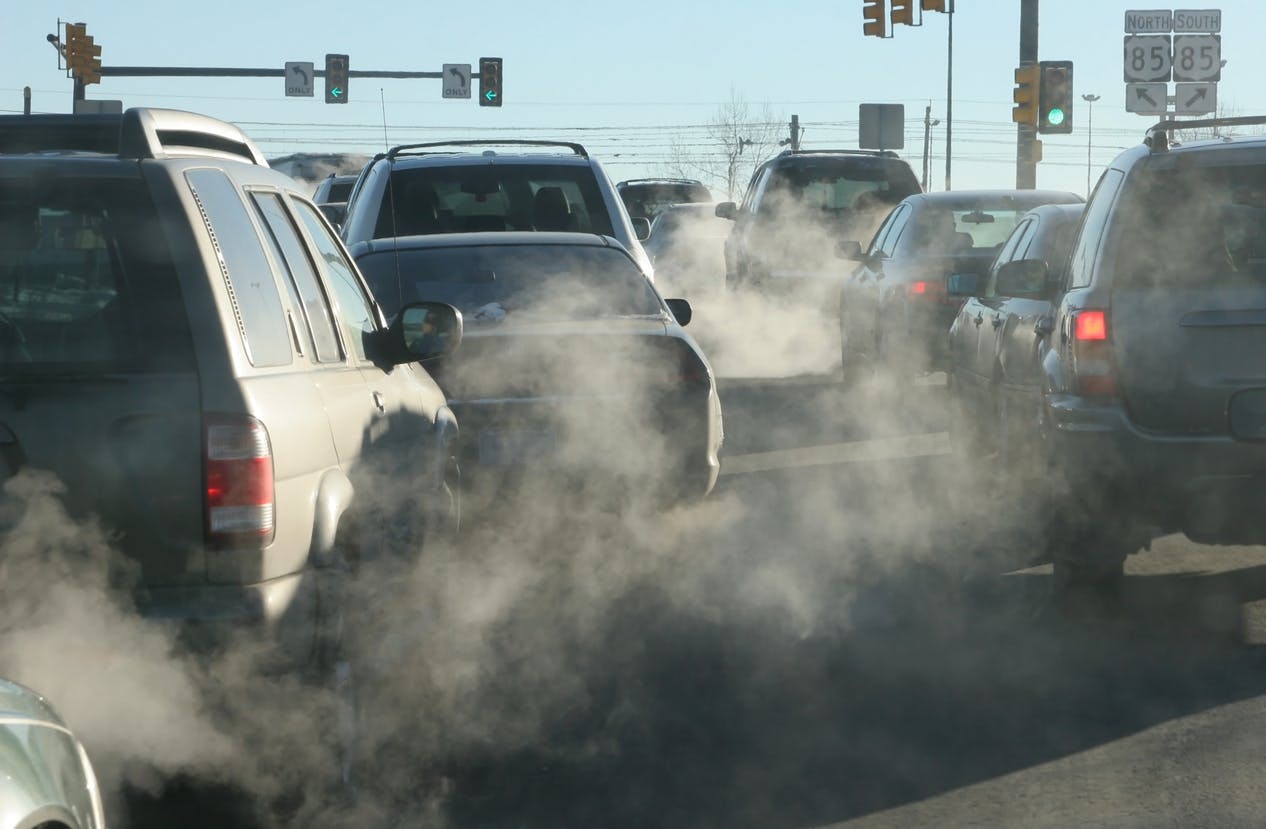
The consequences of air pollution on the environment
All these toxic substances produced by human activity end up in the atmosphere. Gases and chemicals then generate a quantity of phenomena on the planet, modifying the climate inexorably. The polluted air is moved by the rain, the wind, and circulates easily on the planet, sparing no part of the globe, whether it is responsible for this pollution or not. The first and most well-known consequences are: acid rain, ozone depletion, global warming, greenhouse effect… We talk about global warming because of the properties of certain gases (carbon dioxide, methane, nitrous oxide, ozone and chlorofluorocarbons). Present in quantity in the atmosphere, they trap the sun’s heat in the atmosphere, preventing it from returning to space after being reflected by the Earth. The consequences are then dramatic, generating numerous climatic phenomena that affect all the countries of the world. Moreover, air pollution modifies the evolution process of plants by preventing photosynthesis, which directly affects the purification of the air we breathe. Once again, “it’s the snake that bites the tail”.
The health consequences of air pollution
Our continuous exposure to the pollutants in the air we breathe can cause many diseases such as cardiovascular problems, allergies, asthma attacks, conjunctivitis, bronchial diseases, lung or skin cancers, vision problems, blood diseases, problems in the mental development of children, among others. The most vulnerable people are children, the elderly, pregnant women and the sick. While some of these diseases are not fatal, researchers have found that cardiovascular diseases are responsible for the largest proportion of premature deaths due to air pollution. They account for 43% of the loss of life expectancy worldwide. They also noted that air pollution had a greater effect on shortening the lives of older people. Globally, about 75% of deaths due to air pollution occur in people over 60.
Every year in Europe, more than 800,000 people die prematurely due to air pollution. Between 40 and 80% of these premature deaths are due to cardiovascular disease, according to a study published in the European Heart Journal (March 2019). Air pollution thus causes more deaths than tobacco. The European Environment Agency (EEA) has moreover published in October 2019 a report where it judged that air pollution with very fine particles (PM2.5), nitrogen dioxide (NO2, emitted by diesel engines) and ozone (O3) was responsible in 2015 for 518,000 premature deaths in 41 European countries, and 480,000 in the EU. Between 2015 and 2020, we would have doubled the number of premature deaths due to air pollution!
On average, the global excess mortality attributed to air pollution is 120 people per 1,000 inhabitants. In Europe, this figure is higher and goes up to 133, partly because of the population density and the poor quality of the air.
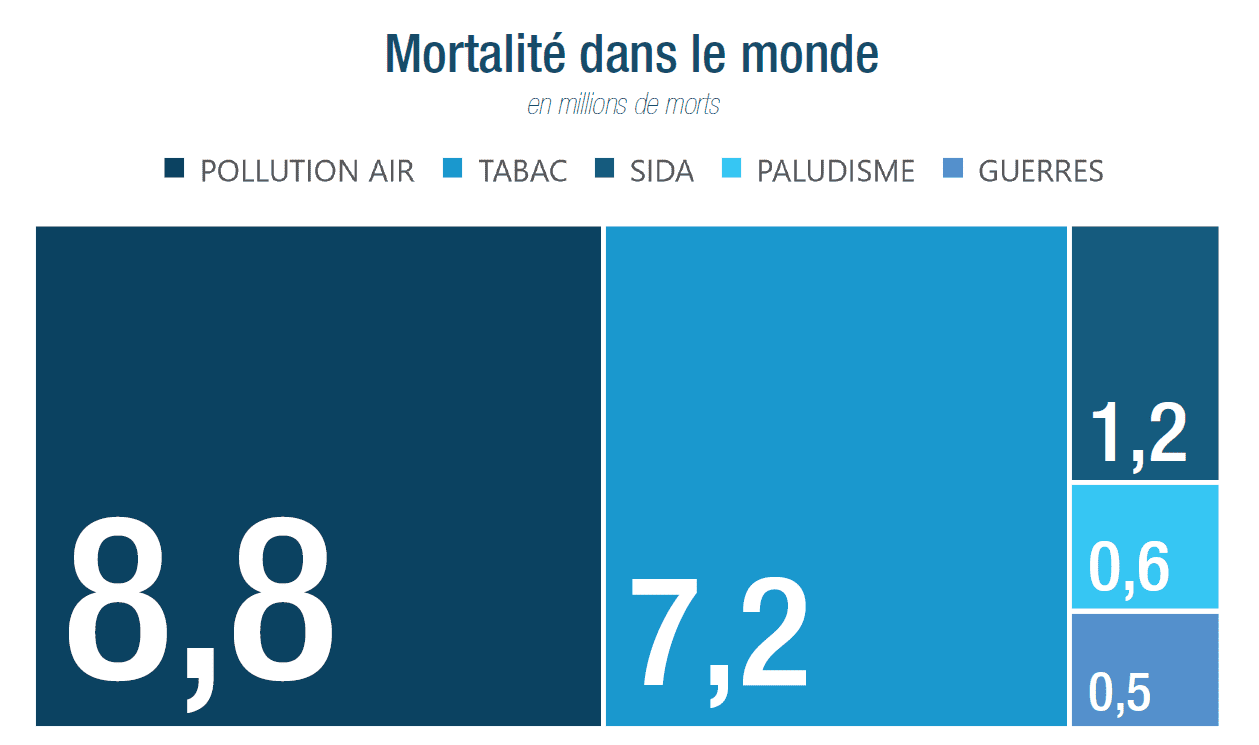
The impact of air pollution on the economy
How to measure the financial impact of air pollution? In a report published by Greenpeace last February, a very thorough analysis has been made and lists the damage caused by the gases released by industrial activities and transport. Deaths, cancers, strokes, respiratory problems… Even the cost of the number of working days missed due to illnesses is counted: 101 billion dollars. The main pollutants incriminated are Ozone, Nitrogen Dioxide and fine particles. The latter are the most costly since they are responsible for three quarters of the health and financial consequences. Already in 2015, the OECD estimated that air pollution had caused 3.2 billion premature deaths, estimating the cost at some 5,000 billion dollars.
In this same report, and not surprisingly, we discover that it is the most polluters who suffer the greatest financial impact: China, with 900 billion dollars, precedes the United States (600 billion) and India (150 billion). And to be even more explicit, the Greenpeace report has converted these costs into a share of GDP (Gross Domestic Product). If the world average is 3.3% of GDP, China ends up with a very high score of 6.6%, i.e. double.
To remedy the problem quickly, there is no other choice than to act quickly and strongly. To do this, the Greenpeace report promotes renewable energy, the gradual and programmed end of gasoline and diesel engines, and greater investment in public transport.
THE KEY FIGURES OF AIR POLLUTION
In France the costs are estimated at 100 billion € / year, with a large part related to health costs.
Cost of air pollution in the world: 3000 billion dollars per year. That is to say 8 billion per day.
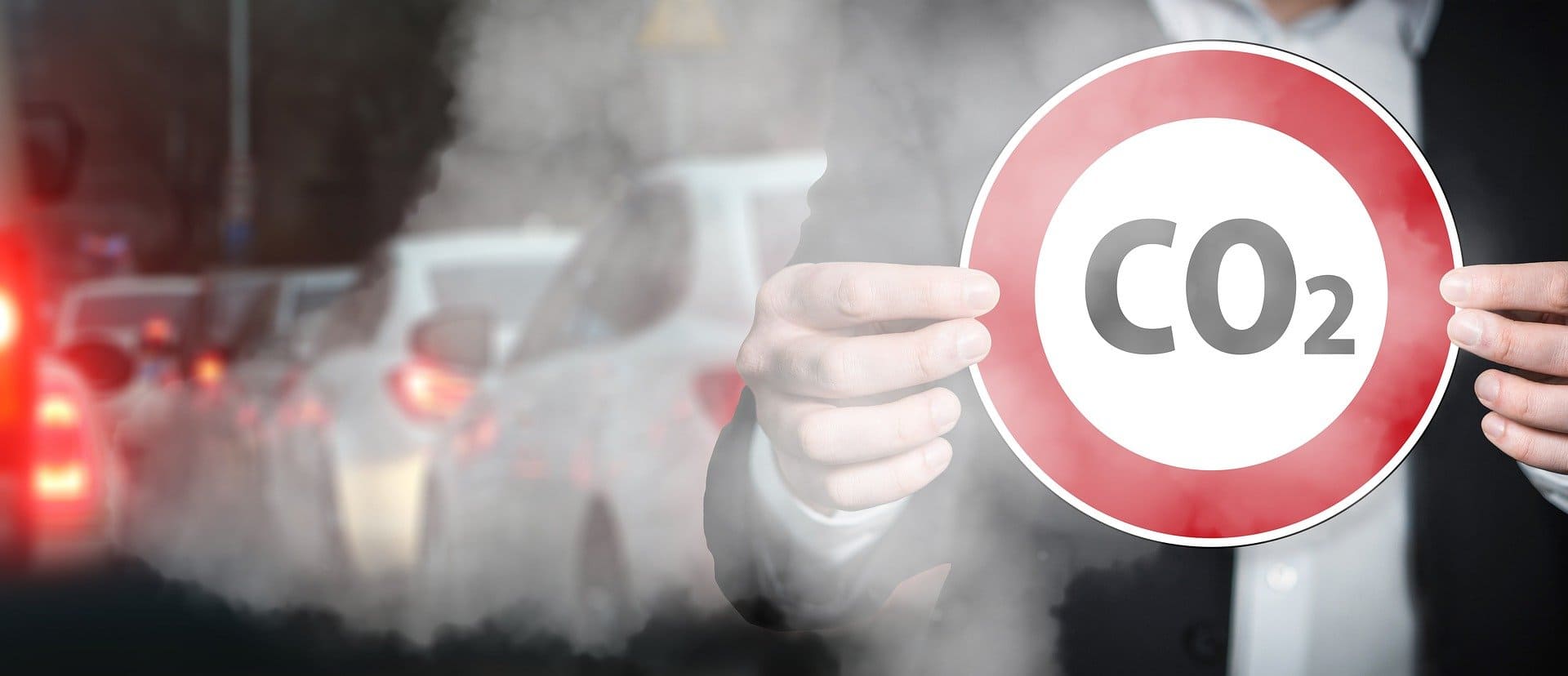
Reducing this scourge by acting on transportation
The main culprits of air pollution in cities are transportation and industry. To limit polluting emissions in our atmosphere, it is above all a question of political will. Many people have understood that their political decisions must be ambitious and courageous, and will be decisive in the future on the reduction of these polluting emissions. First of all, we need to revolutionize transportation. Several actions are being taken in the world and in Europe. First of all, by promoting sustainable mobility: increasing public transport services with vehicles that no longer use fossil fuels, encouraging carpooling, developing soft modes of transport (bicycles, scooters, etc.), and financially supporting local authorities in the development of clean mobility, such as hydrogen vehicles for example.
Road transport accounts for ¾ of transport-related emissions, and transport is the second largest contributor of greenhouse gases. In France, CO2 emissions due to transport have not stopped increasing. If France emits little CO2 for its heating and electricity thanks to nuclear power, the share of transportation is almost exclusively based on oil combustion and the number of vehicles in circulation is constantly increasing. Fortunately, the new laws that have come into force, in France with the Energy Transition Law, and in Europe with the European Directive, will now change the transport landscape.
KEY FIGURES ON AIR POLLUTION
In a world facing ever more pressing environmental issues, transition
“A stone has no hope of being anything other than
The fourth leading cause of mortality in the world, air